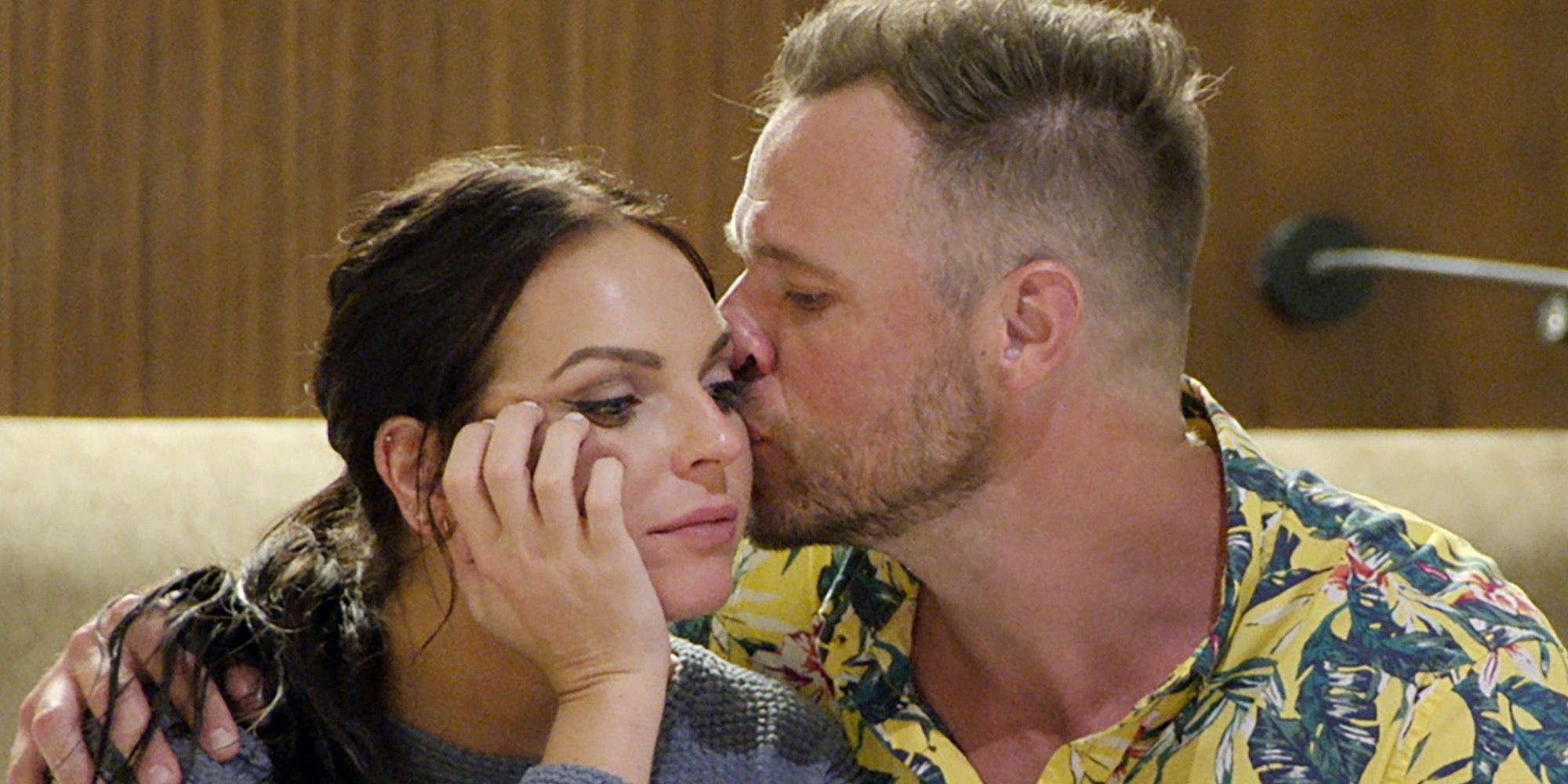The reality TV show “Love Is Blind” captured the hearts of millions by exploring the possibility of finding true love without ever seeing each other. Despite the fairy-tale romances that blossomed on the show, some couples faced real-world challenges that led to their divorces. Here, we delve into the reasons why these “Love Is Blind” couples decided to part ways.
One of the most critical aspects of any relationship is effective communication. For some “Love Is Blind” couples, the transition from the isolated pods to the real world revealed significant communication barriers. Without the structured environment of the show, misunderstandings and unresolved conflicts became more apparent, leading to friction and, eventually, separation.
In the whirlwind of the show, it can be easy to overlook fundamental differences in life goals and priorities. Once the cameras stopped rolling, some couples realized they were on divergent paths. Whether it was differing career aspirations, views on starting a family, or lifestyle choices, these discrepancies often proved too significant to reconcile.
The fame that comes with reality TV can be a double-edged sword. While it brings attention and opportunities, it also subjects couples to intense public scrutiny. For some, the pressure of maintaining a perfect relationship in the public eye exacerbated existing issues and created new tensions. The relentless spotlight made it challenging to work through problems privately, contributing to the decision to divorce.
The unique format of “Love Is Blind” allowed couples to form deep emotional connections without the influence of physical appearance. However, this also meant they bypassed the day-to-day realities of living together. Once couples moved in together, they often discovered incompatible habits, routines, and preferences that were not apparent during the show. These everyday incompatibilities, over time, strained the relationships.
Some participants entered “Love Is Blind” with unresolved personal issues or past traumas. While the show provided a temporary escape, these underlying problems resurfaced once the initial excitement faded. Without adequate time to heal or address these issues, maintaining a healthy relationship became increasingly difficult, leading to eventual separation.
The premise of “Love Is Blind” is inherently idealistic, promoting the idaof unconditional love. However, the reality of marriage involves compromise, patience, and continuous effort. Some couples found that their expectations, shaped by the show’s narrative, clashed with the realities of married life. When the honeymoon phase ended, and the challenges of daily life set in, the disparity between expectation and reality led to disappointment and, ultimately, divorce.
The intensity and speed of the relationships formed on “Love Is Blind” can sometimes overshadow emotional readiness. Some couples realized they lacked the emotional maturity necessary to navigate the complexities of marriage. The rapid progression from strangers to spouses did not allow sufficient time for individual growth or for establishing a solid foundation, resulting in emotional disconnects and separations.
While “Love Is Blind” provided a fascinating experiment in finding love beyond physical appearance, the reality of sustaining a marriage proved challenging for some couples. Issues such as lack of communication, differing life goals, public pressure, daily incompatibilities, unresolved personal problems, differing expectations, and emotional immaturity played significant roles in their decisions to divorce. These separations highlight the complexities of relationships and the importance of addressing underlying issues, effective communication, and realistic expectations in building lasting partnerships.





